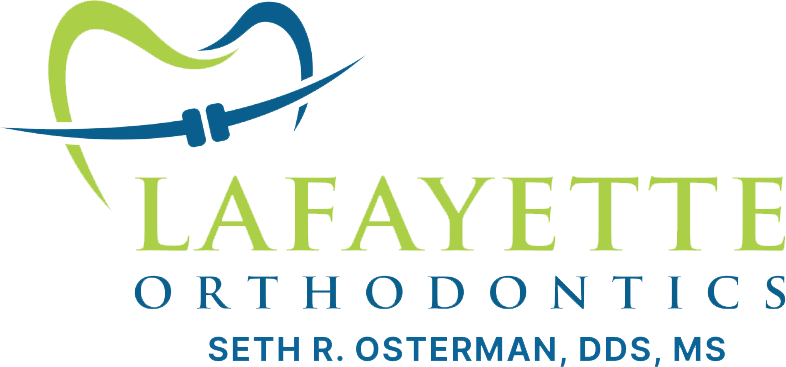All About Braces Care and Hygiene
Wearing braces is an exciting step toward a healthier, more confident smile, but it also means adjusting your daily habits. We want your treatment journey to be as smooth and successful as possible. Here’s what to keep in mind when caring for your braces and maintaining a healthy smile during orthodontic treatment.
Brushing and Flossing with Braces
Good oral hygiene is even more important when you’re wearing braces. Brackets and wires create more places for food and plaque to hide, which can increase your risk of cavities and gum issues. Poor oral hygiene during orthodontic treatment can lead to more frequent dental cleanings and increase the risk of developing permanent white spots on the teeth, known as decalcification.
Here’s how to stay on top of your brushing routine:
Brush after every meal using a soft-bristle toothbrush and fluoride toothpaste
Floss daily, using a floss threader or orthodontic flossers for easy access between wires
Consider an electric toothbrush and water flosser for more thorough cleaning
Important Tip: For adults completing treatment, if you’ve had gum problems in the past, we may recommend that you see a periodontist during your orthodontic care.
What Can You Eat with Braces?
One of the first things patients ask is: “What foods can I still enjoy?” The good news is—plenty! But some adjustments are necessary to protect your braces and avoid treatment delays.
Best Foods After an Adjustment
Stick to soft, easy-to-chew foods for the first day or two after getting braces or following an adjustment:
Mashed potatoes
Yogurt
Scrambled eggs
Pasta
Smoothies
You’ll be able to return to more foods over time, but it’s important to be mindful of what could damage your appliances.
Foods to Avoid with Braces
Protect your braces by steering clear of:
Chewy foods: bagels, licorice, hard rolls
Crunchy foods: popcorn, ice
Sticky treats: gum, caramels
Hard snacks: nuts, hard candies
Bite-into foods: apples, raw carrots, corn on the cob
Also, avoid chewing on non-food items like pens, fingernails, or pencils—they can break your appliances and extend your treatment time.
Dealing with Discomfort and Common Issues
General Soreness
Mild soreness is common when braces are first placed or adjusted. You may experience:
Tenderness while chewing (typically lasts 3–5 days)
Irritation on your lips, cheeks, or tongue for the first week or two
Relief tips:
Take over-the-counter pain relief
Apply orthodontic wax to the brackets causing irritation—our office will provide some to keep on hand
Loose Teeth During Treatment
Noticing that your teeth feel a bit loose? That’s a normal part of orthodontic treatment. As your braces begin to guide your teeth into better alignment, a slight loosening is expected to allow for movement. Once treatment is complete, your teeth will stabilize and feel firm in their new positions.
What If a Wire or Band Comes Loose?
Occasionally, wires or bands can loosen. Here’s what to do:
If a wire is poking you, try gently pushing it down with the eraser end of a pencil
Use orthodontic wax or a small piece of wet cotton to cover the area if discomfort continues
Call our office as soon as possible so we can fix it properly
Don’t worry—this happens from time to time and is usually easy to correct.
Rubber Bands & Appliances
Your treatment is a team effort, and you play a big part! If rubber bands or other appliances are prescribed:
Wear them exactly as directed
Replace them regularly (as instructed)
Report any issues with appliances right away
Consistency is key: Following instructions from Dr. Seth Osterman and the team ensures faster, more effective results. Delays or non-compliance can increase treatment time, so stay on track!
Playing Sports? Don’t Skip the Mouthguard
If you’re active in sports, let us know during your consultation. To keep your braces and your smile safe, you’ll want to use a boil-and-bite mouthguard and be sure to readjust its fit as your teeth shift throughout treatment. Wearing a mouthguard is an important way to help prevent injuries to your mouth and orthodontic appliances during contact activities.
